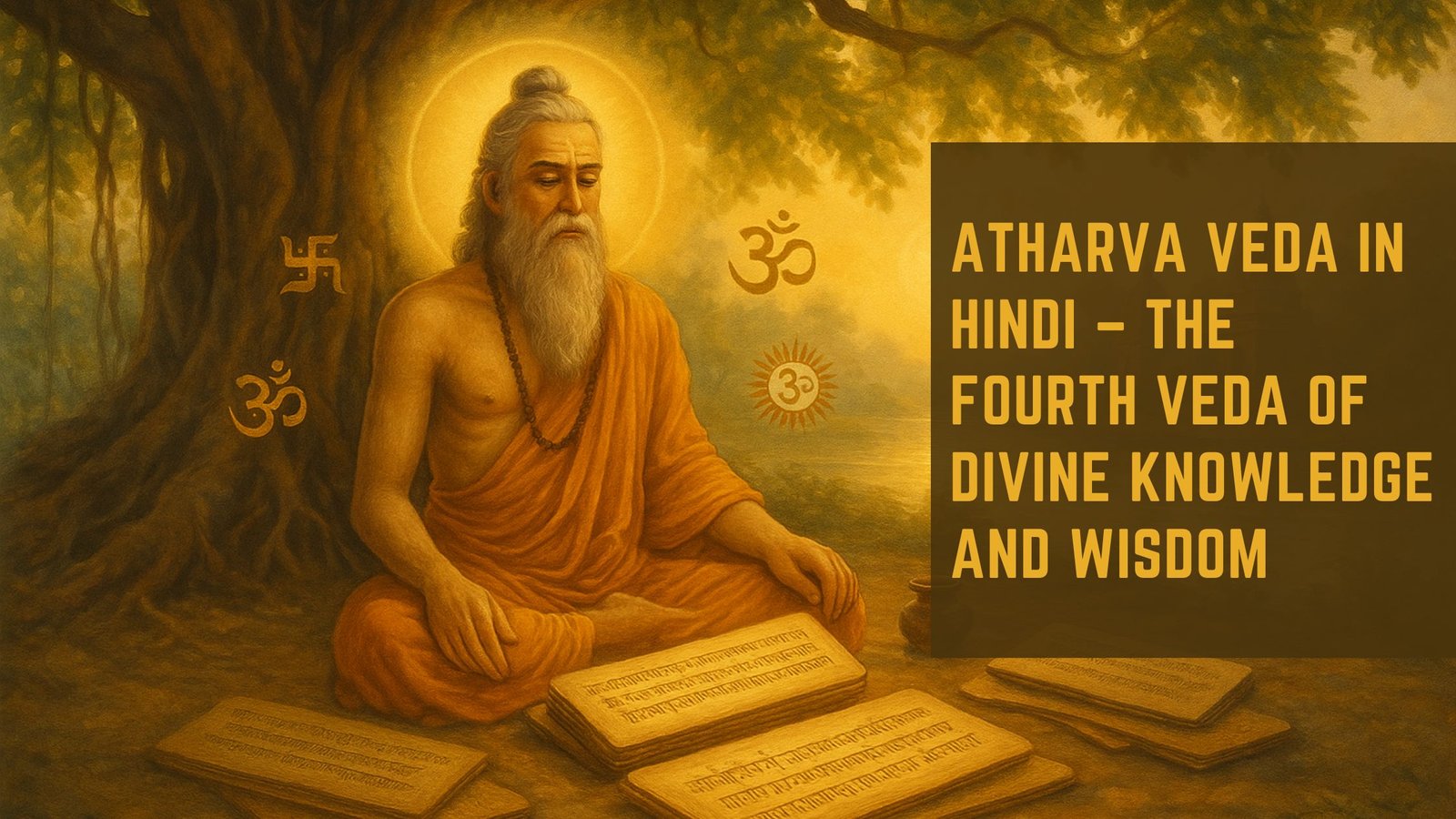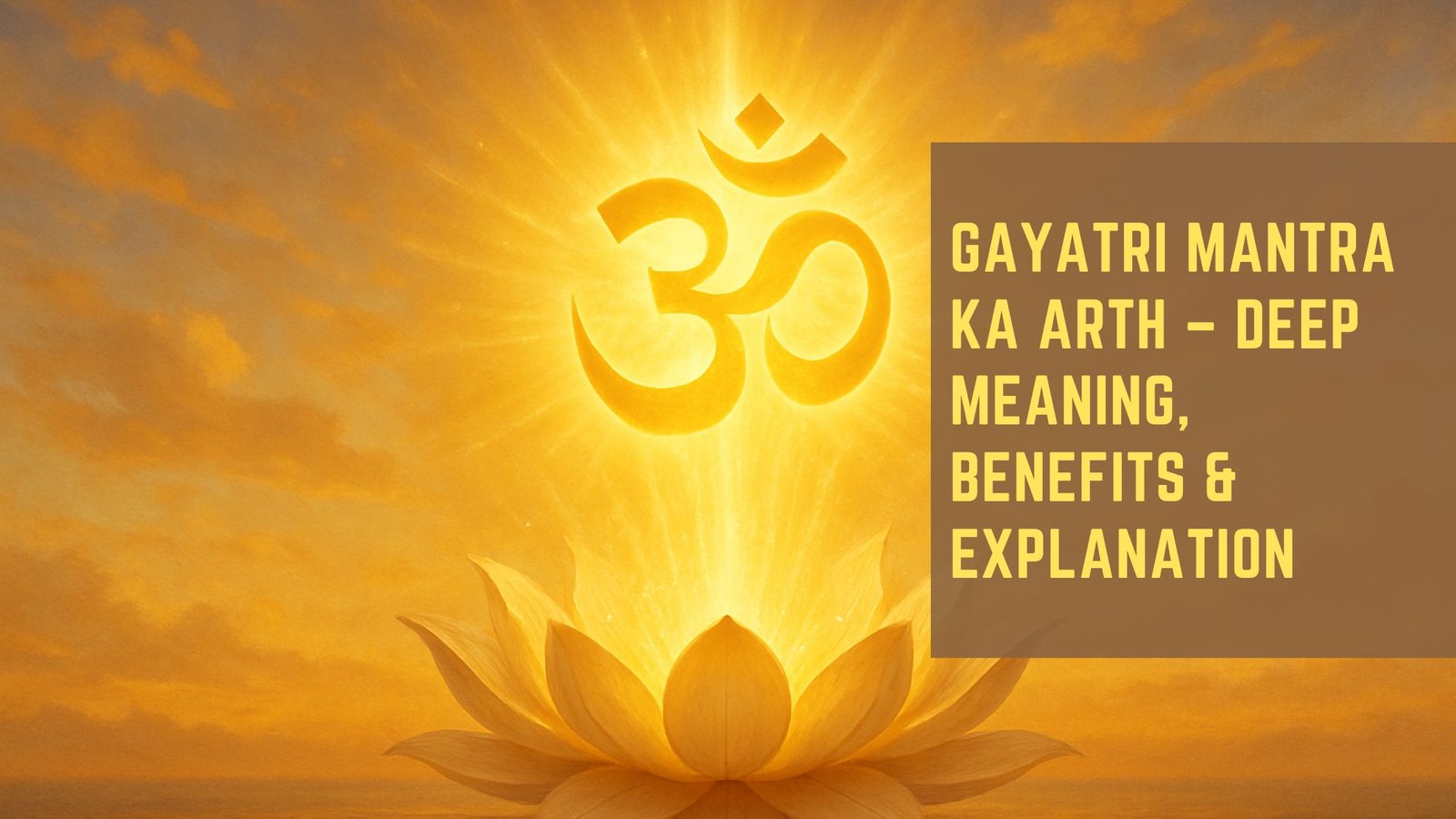The Bhagavad Gita, often referred to simply as the Gita, is a 700-verse Hindu scripture that is part of the Indian epic Mahabharata. It is a dialogue between Prince Arjuna and Lord Krishna, who serves as his charioteer. This sacred text is not merely a religious scripture; it is a philosophical treatise that addresses the moral and ethical dilemmas faced by individuals in their lives.
The Gita has transcended its historical and cultural context, resonating with people across various backgrounds and beliefs. Its teachings delve into the complexities of human existence, offering profound insights into duty, righteousness, and the nature of reality. The setting of the Gita is a battlefield, symbolizing the internal struggles that every individual faces.
As Arjuna grapples with his responsibilities as a warrior and the moral implications of fighting against his own kin, Krishna imparts wisdom that encompasses various aspects of life. The Gita’s teachings are timeless, addressing universal themes such as conflict, duty, and the quest for meaning. Through its verses, it invites readers to reflect on their own lives and the choices they make, making it a relevant guide for personal growth and spiritual development.
Key Takeaways
- The Bhagavad Gita is a sacred Hindu scripture that is part of the Indian epic Mahabharata, and it is a conversation between Prince Arjuna and the god Krishna.
- Dharma is the concept of duty, righteousness, and moral law, and it is a central theme in the Bhagavad Gita, emphasizing the importance of fulfilling one’s duty without attachment to the results.
- Selfless action, or Karma Yoga, is emphasized in the Bhagavad Gita as a path to spiritual growth and liberation, where actions are performed without selfish desires or expectations.
- The Bhagavad Gita teaches about the nature of the self, or Atman, as the eternal and unchanging essence within each individual, and it emphasizes the importance of realizing this true self.
- The path to spiritual enlightenment in the Bhagavad Gita involves self-discipline, self-control, and the cultivation of knowledge, devotion, and surrender to the divine.
Understanding the concept of Dharma
The Dynamic Nature of Dharma
Krishna explains that dharma is not a rigid set of rules, but rather a dynamic principle that varies according to one’s role in society and personal circumstances. This understanding encourages individuals to act in accordance with their true nature and responsibilities.
The Importance of Fulfilling One’s Dharma
Krishna emphasizes that fulfilling one’s dharma is essential for maintaining cosmic order and harmony. Neglecting one’s duties can lead to chaos and suffering, not only for oneself but for society as a whole.
Embracing One’s Role with Integrity and Commitment
The Gita teaches that one must rise above personal attachments and emotions to discern their true dharma. This perspective encourages individuals to embrace their roles with integrity and commitment, fostering a sense of purpose and direction in life. By understanding and adhering to dharma, one can navigate the complexities of existence while contributing positively to the world around them.
The importance of selfless action

Selfless action, or Nishkama Karma, is another pivotal teaching of the Bhagavad Gita.
This principle advocates for action driven by a sense of duty rather than personal gain or desire for rewards.
By engaging in selfless action, individuals can transcend their ego and cultivate a deeper connection with the universe. The Gita posits that true fulfillment comes not from the fruits of one’s labor but from the act of serving others and contributing to the greater good. The practice of selfless action fosters a sense of inner peace and contentment.
When individuals focus on their responsibilities without being overly concerned about outcomes, they liberate themselves from anxiety and disappointment. This approach encourages a mindset of resilience and adaptability, allowing one to navigate life’s challenges with grace. Moreover, selfless action cultivates compassion and empathy, as individuals begin to recognize their interconnectedness with others.
In this way, the Gita promotes a holistic understanding of life that emphasizes service over self-interest.
The nature of the self and the concept of Atman
| Aspect | Description |
|---|---|
| Definition | The self, or Atman, is the true innermost essence of an individual in Hindu philosophy. |
| Nature | Atman is considered eternal, unchanging, and beyond the physical body and mind. |
| Unity | Atman is believed to be interconnected with the universal spirit, or Brahman, and is ultimately one with it. |
| Realization | Self-realization, or understanding the true nature of Atman, is a central goal of spiritual practice in Hinduism. |
The Bhagavad Gita delves deeply into the nature of the self, introducing the concept of Atman, which refers to the true essence or soul of an individual. According to Krishna, Atman is eternal and unchanging, distinct from the physical body and mind. This understanding invites individuals to look beyond their temporary identities and recognize their inherent divinity.
The Gita teaches that realizing one’s true self is essential for spiritual growth and liberation from the cycle of birth and death (samsara).
This realization can be profoundly liberating, as it encourages individuals to detach from material possessions and societal expectations.
By identifying with the Atman rather than transient aspects of life, one can cultivate a sense of inner peace and stability. The Gita’s exploration of the self serves as a reminder that true fulfillment lies not in external achievements but in understanding one’s eternal nature and connection to the divine.
The path to spiritual enlightenment
The Bhagavad Gita outlines various paths to spiritual enlightenment, recognizing that individuals may resonate with different approaches based on their unique dispositions and inclinations. Among these paths are Karma Yoga (the path of selfless action), Bhakti Yoga (the path of devotion), and Jnana Yoga (the path of knowledge). Each path offers distinct practices and philosophies that guide individuals toward self-realization and unity with the divine.
Karma Yoga emphasizes performing one’s duties with dedication while remaining unattached to outcomes. Bhakti Yoga focuses on cultivating love and devotion toward God, fostering a deep emotional connection that transcends intellectual understanding. Jnana Yoga encourages seekers to engage in self-inquiry and contemplation to discern the nature of reality.
The Gita teaches that these paths are not mutually exclusive; rather, they can be integrated into one’s spiritual practice. By exploring these diverse avenues, individuals can find their unique way toward enlightenment, ultimately leading them to a deeper understanding of themselves and their place in the universe.
The significance of devotion and surrender

Devotion and Transformation
By cultivating a relationship with the divine, individuals can experience a sense of belonging and purpose that transcends worldly concerns. Surrendering to God does not imply passivity; rather, it involves recognizing one’s limitations and placing faith in a higher wisdom. Krishna assures that by surrendering one’s ego and seeking guidance from the divine, individuals will find clarity and strength in their actions.
The Power of Surrender
This act of surrender fosters humility and openness, allowing individuals to receive divine grace and support on their spiritual journey. The Gita teaches that through devotion and surrender, one can overcome obstacles and attain inner peace amidst life’s challenges. By letting go of their ego and desires, individuals can tap into a deeper sense of purpose and meaning.
Attaining Inner Peace
The Bhagavad Gita provides guidance on how to cultivate devotion and surrender in daily life. By following the principles of Bhakti Yoga, individuals can develop a deeper connection with the divine and find peace and fulfillment in their lives. Through devotion and surrender, individuals can transcend worldly concerns and attain a state of inner peace and liberation.
Cultivating Devotion
Ultimately, the Bhagavad Gita teaches that devotion is a powerful tool for personal growth and transformation. By cultivating a sincere and heartfelt devotion to God, individuals can experience profound positive changes in their lives and attain a deeper sense of purpose and meaning.
The concept of detachment and non-attachment
Detachment is another fundamental teaching found within the Bhagavad Gita. Krishna advocates for non-attachment to both success and failure, pleasure and pain, emphasizing that clinging to outcomes can lead to suffering. By cultivating detachment, individuals can maintain equanimity in the face of life’s fluctuations.
This does not mean abandoning responsibilities or emotions; rather, it involves approaching life with a sense of balance and perspective. The practice of non-attachment allows individuals to engage fully in their actions while remaining free from anxiety about results. It encourages a mindset that values experiences for their intrinsic worth rather than for their potential rewards.
By embracing detachment, one can navigate challenges with resilience and grace, fostering a deeper sense of inner peace. The Gita’s teachings on detachment serve as a powerful reminder that true freedom lies in letting go of attachments while remaining committed to one’s dharma.
Applying the teachings of the Bhagavad Gita in modern life
The teachings of the Bhagavad Gita offer valuable insights that can be applied in contemporary life, regardless of one’s cultural or religious background. In an increasingly complex world filled with distractions and pressures, the Gita’s emphasis on selfless action, duty, and inner peace resonates deeply with those seeking meaning and fulfillment. Individuals can draw upon its wisdom to navigate personal challenges, relationships, and professional endeavors.
Incorporating practices such as mindfulness, meditation, and self-inquiry into daily routines can help individuals cultivate awareness and connect with their true selves. Embracing principles like non-attachment can alleviate stress and anxiety while fostering resilience in facing life’s uncertainties. Moreover, by prioritizing service to others through selfless action, individuals can contribute positively to their communities while experiencing personal growth.
Ultimately, the Bhagavad Gita serves as a timeless guide for those seeking clarity amidst life’s complexities. Its teachings encourage individuals to explore their inner landscapes while remaining engaged with the world around them. By applying these principles in modern life, one can embark on a transformative journey toward self-realization and spiritual fulfillment.
If you are interested in delving deeper into the important lessons of the Bhagavad Gita, I highly recommend checking out the article “The Eternal Wisdom of the Bhagavad Gita”. This insightful piece explores the timeless teachings of the Gita and how they can be applied to our modern lives. Additionally, you may also find Verse 6.5: The Key to Self-Improvement and Inner Strength to be a valuable resource for understanding the practical applications of the Gita’s wisdom.
FAQs
What is the Bhagavad Gita?
The Bhagavad Gita is a 700-verse Hindu scripture that is part of the Indian epic Mahabharata. It is a sacred text of the Hindu religion and is considered one of the most important spiritual classics in the world.
What are some important lessons from the Bhagavad Gita?
Some important lessons from the Bhagavad Gita include the concept of duty (dharma), the importance of selflessness and detachment, the idea of finding inner peace and contentment, and the path to spiritual enlightenment through devotion and selfless action.
How is the Bhagavad Gita relevant today?
The teachings of the Bhagavad Gita are still relevant today as they provide guidance on how to live a meaningful and fulfilling life, how to deal with challenges and adversity, and how to achieve spiritual growth and self-realization.
What are some key themes in the Bhagavad Gita?
Some key themes in the Bhagavad Gita include the nature of the self (atman), the concept of karma (action and its consequences), the importance of devotion and surrender to the divine, and the path to liberation (moksha) from the cycle of birth and death (samsara).
How can one apply the teachings of the Bhagavad Gita in daily life?
One can apply the teachings of the Bhagavad Gita in daily life by practicing selfless action, cultivating a sense of duty and responsibility, developing inner peace and contentment, and striving for spiritual growth and self-realization.










